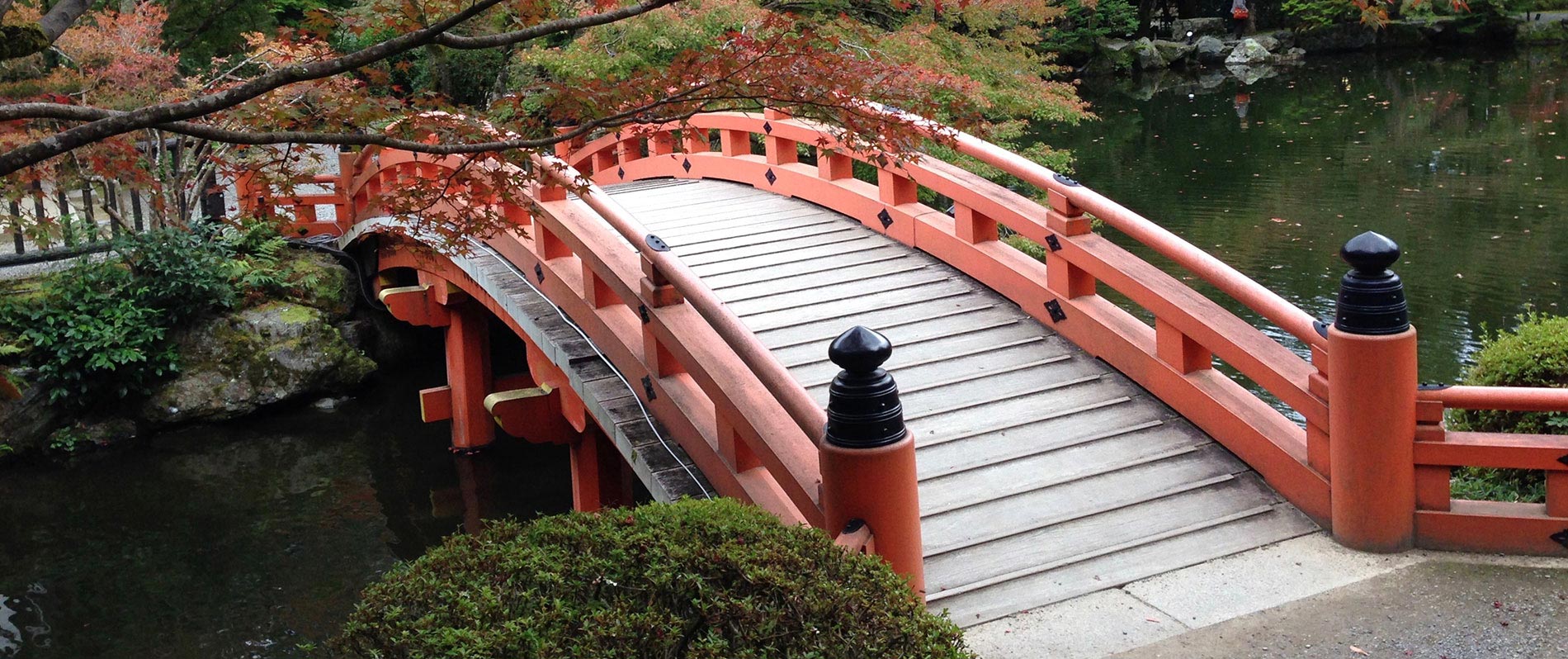A “listening” approach
Traditional Japanese Acupuncture is named for its dedication and adherence to concepts originating in early classical texts of Chinese medicine, which came to Japan in the 7th century A.D.
These texts, the Nan Jing, Ling Shu, and Su Wen, are at the heart of Chinese Medicine, but are not emphasized in modern Chinese acupuncture and herbal training, having been dismissed in the 1960’s “Cultural Revolution” for not being “modern” or “western” enough.
In Japan there was a revitalization of these texts in the 1920’s amongst a group of primarily blind acupuncturists. They attracted a following because of their clinical success, which had much to do with the exquisite sensitivity and ability to “listen” with their hands and bodies, born out of an inability to see with their eyes. The method developed by this tribe of blind acupuncturists laid the foundation for Meridian Therapy, which blossomed in the ’50s and ’60s. Now it is one of most practiced styles of acupuncture in Japan. This gentle, elegant form of Japanese Acupuncture is what distinguishes BodyHaus Acupuncture from modern Chinese acupuncture (aka TCM) – the most common style of acupuncture practiced in the community and in the U.S.
A “call and response” dialogue
Japanese Meridian Therapy offers deep and lasting results with gentle insertion and needling techniques, moxibustion, non-insertive Meridian Therapy Tools (such as teishin, enshin, and guasha) and manual approaches. This is especially valuable in treating more sensitive people who do not tolerate the strong “de qi” sensation at the point of needle insertion used in TCM style acupuncture, which is practiced by the majority of acupuncturists in the U.S. Japanese Meridian Therapy instructs the practitioner to explore and engage with the patient, their tissues, organs, and nervous system in a different way than the TCM method of treating. Japanese Meridian Therapy is a “call and response” conversation between patient and practitioner, rather than a formula or set of instructions that is given to the patient by the practitioner.

